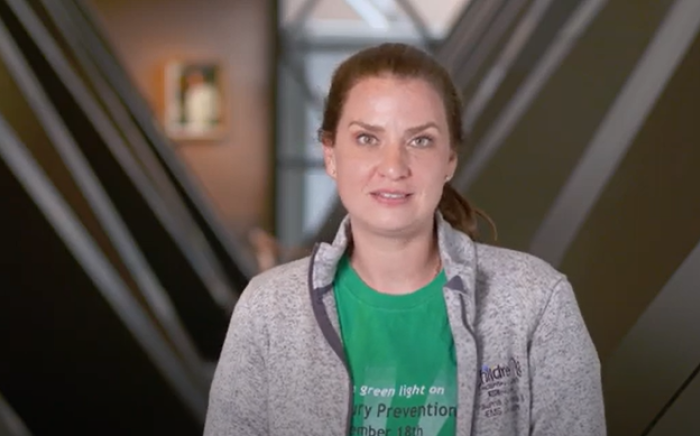Your son wakes up in the middle of the night with a nosebleed. While a nosebleed can be a bit scary for your child, this is a common condition that can usually be treated in the comfort of your own home.
Nosebleeds can occur for a variety of reasons, including:
- Blowing, picking or excessively touching the nose
- Colds or sinus infections
- Dry air, either outdoors during summer or indoors during winter
“When the membranes in the nose become dry, they can bleed,” says Kathy Quirin, RN, Answer Line nurse at St. Louis Children’s Hospital. “Applying pressure in 10-minute increments can help stop the bleeding.”
To stop your little one’s nose from bleeding, have him sit up and hold tissues or a washcloth under the nostrils to capture any blood. Then, squeeze the soft, lower part of the nose for 10 minutes. If the bleeding doesn’t stop, try applying pressure for another 10 minutes.
Simple Fixes to Prevent Future Nosebleeds
If your child has frequent nosebleeds, there are steps you can take to reduce the chances of another one, including:
- Placing a cool-mist humidifier in your child’s bedroom to make the air less dry
- Talking with your child’s pediatrician about using a nasal spray or drops throughout the day
Still Not Stopping? Seek Help
In rare cases, you may not be able to stop a nosebleed on your own.
“If a nosebleed hasn’t stopped after 30 minutes of correctly applying pressure, it’s time to seek medical attention,” Quirin says. “Head to the nearest urgent care clinic or emergency room.”












